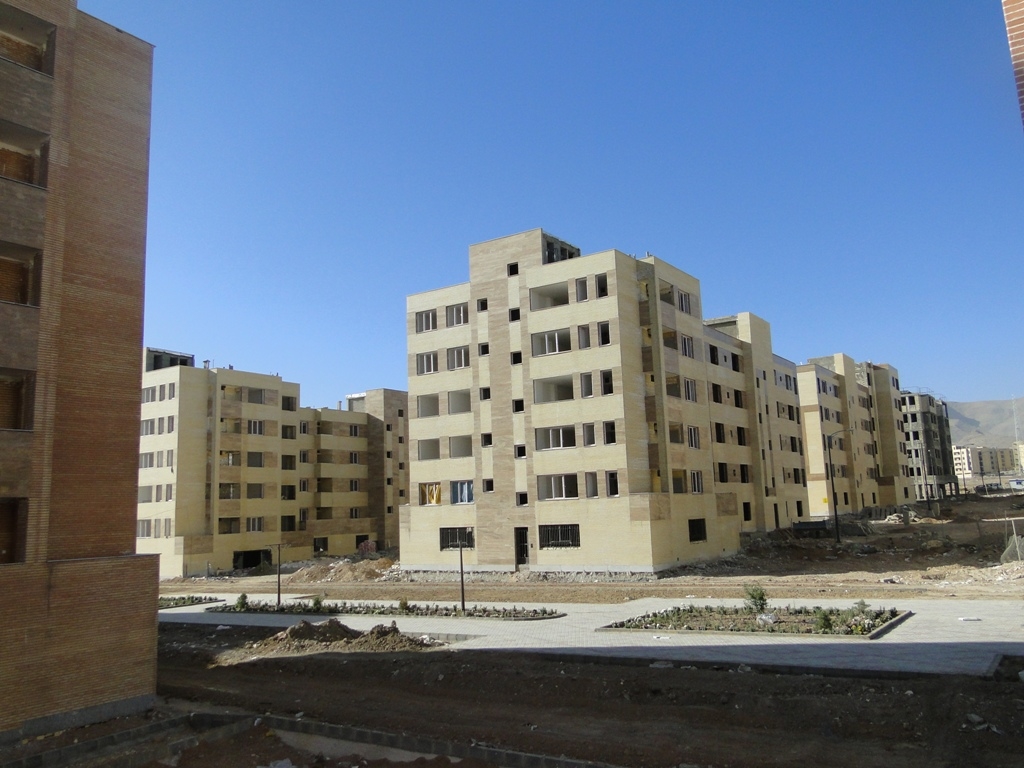Despite promises of replacing the Mehr housing project, the government has been somewhat slow in offering a viable alternative.
Over the past few years, several plans were drawn up to replace Mehr– a large-scale, government-financed construction program initiated during former president Mahmoud Ahmadinejad’s tenure that many blame for fueling inflation.
Up until last week, the government had not been able to formally implement any of its proposals. One of the reasons for this slowness was rampant construction delays. The government says up to 90 percent of all the previously planned units have been built.
After many bureaucratic to and fros between the government and the Housing Foundation of the Islamic Revolution, the latter finally agreed to start construction of 8,700 residential units.
The Housing Foundation of the Islamic Revolution is a government organization created by the late Imam Khomeini in the wake of the 1979 Islamic Revolution with the purpose of supplying low-cost housing to lower classes. When the government took the reins of direct supplying of social housing a decade ago, the role of this foundation diminished.
However, the government of President Hassan Rouhani partially reversed this trend when it transferred the responsibility of social housing plan to the foundation in April 2014. It took over a year for the plan to be formally launched.
The project is only a minor part of a much larger scheme to supply social housing.
A survey published by the Ministry of Roads and Urban Development last Iranian year (ended March 20) indicated that 2.4 million families of the four lowest deciles of Iranian society do not own a house.
The main framework for the Rouhani administration’s social housing plan was approved last Iranian year. It stipulates that annually 125,000 families, all belonging to the four lowest income deciles, must be added to one of three protection schemes. These schemes include ownership, lower rents and rent subsidies. The first phase of the plan would see the creation of 45,000 new residential units.
Nevertheless, the traumatizing experience with Mehr housing has caused reluctance among policymakers for another large-scale social housing plan. The Rouhani government has therefore toned down quantity targets and focused instead on cooperating with the private sector and stimulating housing developments within cities.
The government’s current social housing plans are dwarfed by Mehr’s target of creating over 2.2 million residential units.
Additionally, the government is looking for ways to shun the involvement of the Central Bank of Iran in social housing. With Mehr, the CBI assisted in supplying cheap mortgages, which, given the scale of the project, sparked a credit boom and runaway inflation.
According to the government, the Ministry of Cooperatives, Labor and Social Welfare will determine who can use which scheme. Now more attention will be given to income data than was in the case of Mehr.
Possible sites of construction will be determined by the Ministry of Roads and Urban Development.


